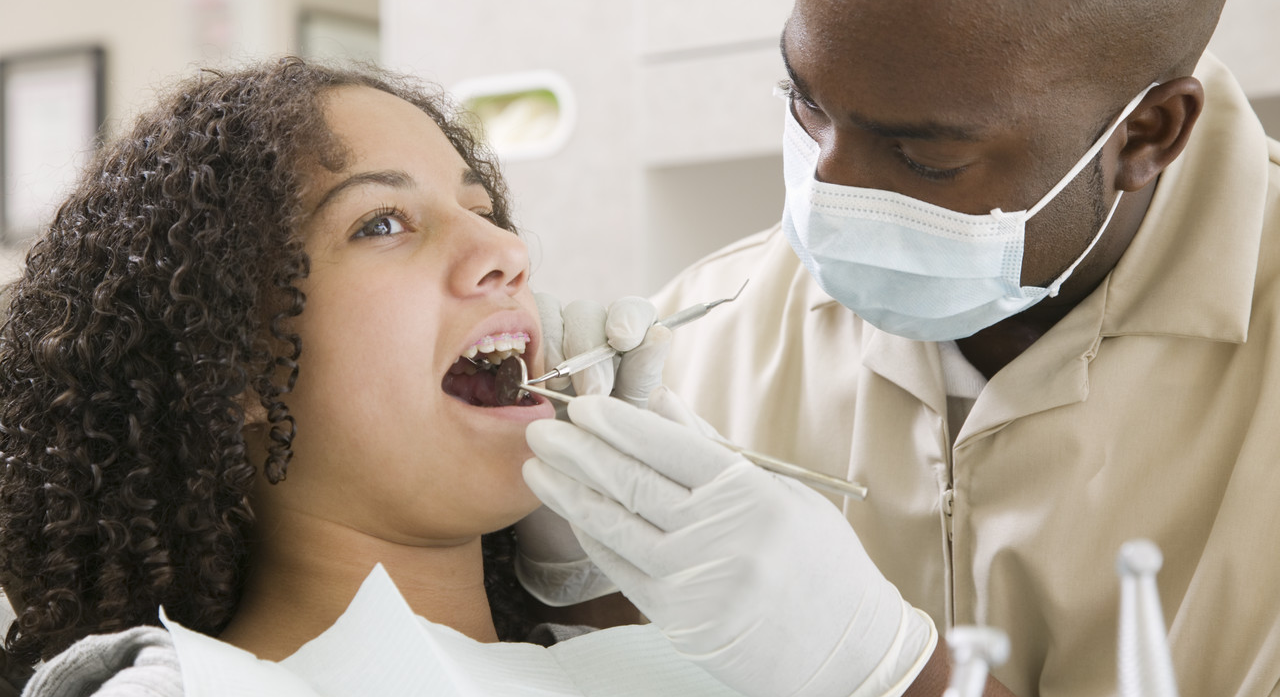How to Prevent Early Childhood Cavities

Changing your child’s feeding habits will help.
Cavities (also known as caries) in U.S. children began decreasing statistically by the 1970s as the result of widespread water fluoridation, use of fluoride toothpaste, and the application of dental sealants.
But since the 1990s, there has been an increase in primary (baby) tooth cavities, enough to have been identified as a trend called early childhood caries (ECC).
Now considered rampant in infants and very young children, ECC is a preventable condition when parents are educated about how and why it occurs.
To help you understand the mechanism of ECC, consider the case of an adult who undergoes radiation therapy for cancer around the face. The radiation often causes the loss of salivary glands, and the teeth begin to demineralize within a few weeks because there is no saliva to protect them. ECC has a similar pattern.
The use of fluoride won’t be of much help because the therapeutic mechanism of fluoride depends on a combination with saliva to be effective.
Nationally, reviews of the literature indicate a wide estimated range of ECC, anywhere from 1 to 38 percent in children ages 1 to 2. In children ages 2 to 3, the range is 5 to 56 percent. In any case, ECC is not distributed evenly across the population.
Children from low-income families and some ethnic minorities are believed to be affected at higher rates. “The social costs of ECC are enormous,” according to one review.
“Children with ECC weigh significantly less than orally healthy peers and their risk for future (cavities) is dramatically increased.”
The review adds that in addition to the pain and suffering from infections they endure, children with ECC may develop poor eating habits, speech problems, and low self-esteem, “as well as being distracted in playing and learning activities.”
The economic costs of ECC are significant. Treatment could require extensive tooth restoration, which in many cases requires sedation or general anesthesia. The cost to treat a case of ECC can easily be as high as $2,000. If general anesthesia is required, the cost can increase by thousands of dollars.
“It’s mostly caused by non-nutritive feeding, or using a nursing bottle or breast as a pacifier,” says Stephen J. Moss, DDS, MS, professor emeritus at the New York University School of Dentistry and a retired pediatric dentist.
“Sometimes, it comes from dipping a pacifier into a sweetener. The contents of the bottle are relatively unimportant. Juice, milk or flavored water all contain carbohydrates that demineralize teeth.”
Another known cause is putting a child to bed with a bottle as a pacifier. That lets the sweetened liquid pool around vulnerable primary teeth for hours.
When it comes to nutritive use of a bottle, Moss adds that it’s the frequency of feeding that causes most ECC, not what’s in the bottle. A frequency of feeding that leads to ECC is probably based on the myth that the more you feed your infant, the taller and stronger your infant will be.
The condition typically occurs between ages 1 and 3, with your child’s top front teeth being the most susceptible because they are the least protected by saliva.
The best advice, if your child has started the habit of using a bottle or the breast for non-nutritive feeding: learn how to properly wipe your child’s teeth at least twice daily with soft gauze. It may seem counter intuitive relative to just breaking the habit, but pediatric dentists will tell you that breaking the habit is much harder than it might seem in an infant.
Moss says that all parents should learn to wipe their infant’s teeth whether they use a bottle or not. The only effective time to learn how to wipe your infant’s teeth is when the primary teeth begin to erupt through the gums. “Prenatal education doesn’t help much,” Moss says.
Caregivers are often reluctant to wipe an infant’s teeth out of fear that the infant will be injured or its mouth will become infected. But most dentists’ children don’t develop ECC because their parents are unafraid to wipe the teeth based on their knowledge that the child will be fine.
Another myth you need to consider: ECC is not a significant problem because the teeth affected are primary (baby) teeth that will be replaced by permanent teeth anyway. You may not know that the permanent teeth are already forming beneath the primary teeth, in the gums.
The primary teeth hold the correct spacing for permanent teeth to come in properly. If ECC destroys primary teeth, a cascade of misaligned permanent teeth can occur. Those are harder to clean, more like to develop cavities, and will likely lead to costly orthodontic treatment later.
Protect your infant’s and toddler’s baby teeth. The consequences are greater than you might think.
Updated:
April 08, 2020
Reviewed By:
Janet O’Dell, RN